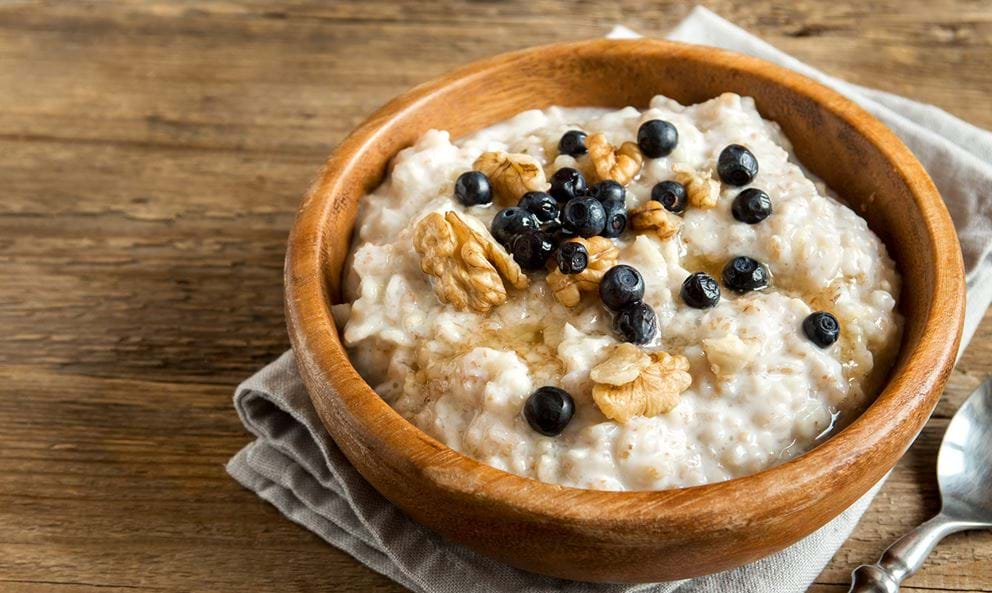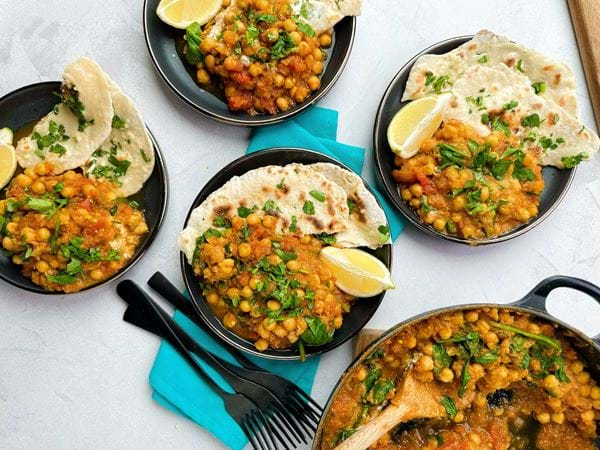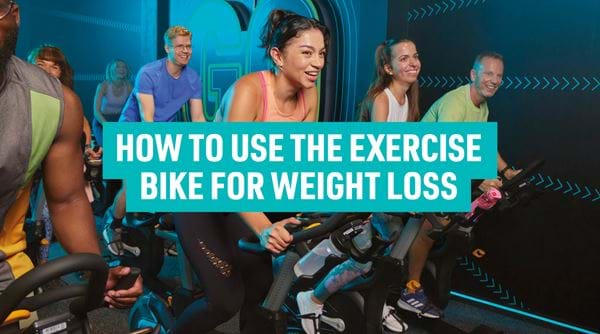Six Foods Proven to Keep You Feeling Fuller for Longer

Page last updated: 19th January 2022
For anyone wanting to enjoy the maximum amount of energy from their meals to tidy up their diet, reduce snacking, and improve their overall health, knowing how to fight against hunger pangs is a great asset.
Fortunately, there are a variety of foods which have been scientifically demonstrated to reduce hunger and keep people feeling fuller for longer. Here we cover the types of foods to include in your diet to keep the tummy rumbles away, as well as some specific ingredients and food items that you could include in your next meal.
What types of foods fill you up the most?
-
Whole foods
It may be tempting to reach for a ready meal or processed foods at the end of a long day, and while there’s no harm in an easy-to-cook option, for maximum satiety it’s better to stick to whole, unrefined, unprocessed foods. So think legumes, nuts, seeds, whole grains, meat, eggs and fruit and veg. You can create excellent meal with simple, whole foods - check out our healthy recipes for inspiration.
-
High Protein
Of the three main macronutrients (fat, carbs, protein), it’s protein that is the most likely to keep you fuller for longer[1]. For meat eaters, protein such as fish and chicken are an excellent, healthy option, but veggies and vegans can also get plenty of protein through pulses, lentils, beans, nuts, eggs and tofu.
-
High Fibre
Fibre helps to slow down the digestion process, so it will take much longer for you to feel hungry again. Including foods like avocados, beans, brown rice will help keep you satiated between meals.
-
High volume
The term ‘high volume foods’ refers to lower calorie, nutrient dense, higher weight foods. So healthy foods (often fruit and veggies) that you can eat large amounts of without consuming a high number of calories. 400 calories worth of spinach, broccoli and beans, for example, would be far more likely to fill you up than 400 calories of chocolate. Including a good balance of these types of food means you can eat more food, enjoy more energy and stay fuller for longer.
6 Healthy filling ingredients to keep you feeling full
So, now you know the types of food you can focus on to feel full, here are some specific ingredients that studies have shown can boost your diet and stop you feeling hungry:
-
Boiled Potatoes
According to a satiety study, the humble boiled potato is one of the absolute best food items for keeping you feeling full[2]. Almost fat free, and containing plenty of fibre and protein, these are an excellent addition to a meal. Add in some high volume veggies and a main protein source like meat or eggs and you have a healthy, well rounded meal that will carry you through to your next big eating session without as much need to snack.
-
Ginger
A 2012 study[3] published in Metabolism found that test subjects who had a breakfast drink made up of 2 grams ginger powder dissolved in hot water, experienced reduced feelings of hunger up to three hours after the meal.
The study also noted that ginger enhanced the thermic effect of food — meaning that the body would expend more energy digesting food. This can be used as a tool for weight management.
Ginger can be taken as a hot tea or mixed with stews or soups for a warming effect.
-
Beans
A 2015 review[4] in Trends in Food Science & Technology notes that foods combining protein and fibre are particularly satiating. Beans tick this box nicely, and other research has actually found beans to be more satiating than meats such as pork.
Beans can either be enjoyed on wholemeal toast (for added fibre), fried, or stewed.
-
Eggs
A 2005 study[5] found that, compared to bagels, eating eggs for breakfast led to significantly increased satiety and reduced short-term food intake.
Eggs can be eaten in any of the standard breakfast formats; poached, scrambled, fried, boiled, or can be mixed with potato and other ingredients to form a more hearty Spanish-style omelette.
-
Oatmeal
Oatmeal is another food that’s been demonstrated[6] to increase satiety and improve appetite control, and this is likely due, at least in part, to the combination of protein and fibre found in the food.
Oats can be eaten as oatmeal porridge, or they can be baked into bread, oatcakes, or flapjacks, or even blended into smoothies for some extra fibre content.
-
Walnuts
A 2010 study[7] published in Obesity found that walnuts had a significant effect on increasing satiety among test subjects. Nuts are often recommended as a healthy filling snack, and depending on the variety of nut, they will tend to have a good balance of fibre and fats which may blunt hunger and reduce the urge to snack.
Walnuts can be eaten plain, gently roasted, mixed into salads or served as a dessert with Greek yoghurt but just make sure to not eat too much, as the calories can add up.
For more information about healthy food choices, check out our Nutrition & Diet hub. Trying to get more active as part of a healthy lifestyle? Sign up to a PureGym membership and get access to the best gym kit, classes, and Personal Trainers.
[1] https://pubmed.ncbi.nlm.nih.gov/16469977/
[2] https://pubmed.ncbi.nlm.nih.gov/7498104/
[3] https://www.ncbi.nlm.nih.gov/pmc/articles/PMC3408800/
[4] https://www.sciencedirect.com/science/article/pii/S0924224414002386
[5] https://pubmed.ncbi.nlm.nih.gov/16373948/
[6] https://www.ncbi.nlm.nih.gov/pubmed/24024772
[7] https://www.ncbi.nlm.nih.gov/pmc/articles/PMC2998344/


